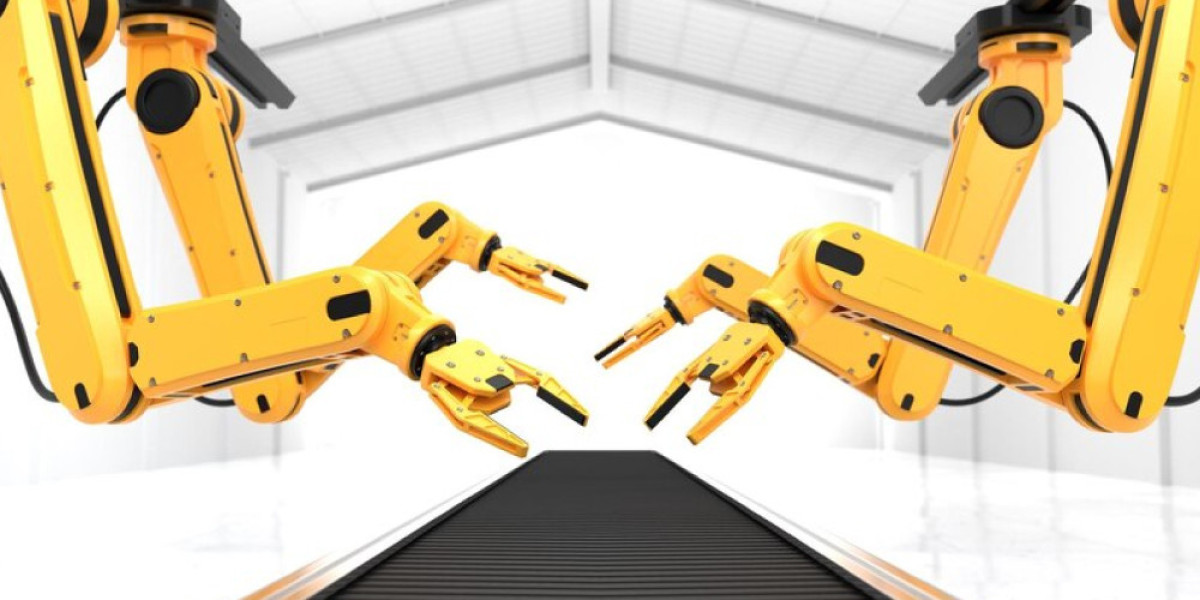The India Rice Milling Industry plays a crucial role in the country’s agricultural economy, contributing to employment and food security. This industry encompasses various processes, including paddy processing, polishing, and grading. The rise in population and urbanization is driving demand for high-quality rice, leading to increased investments in modern milling technologies. Furthermore, the industry is evolving with the integration of automation and smart technologies, enhancing operational efficiency and product quality.
The India rice milling market is a significant component of the country’s agricultural and food processing industry. As one of the world’s largest producers and exporters of rice, India relies heavily on advanced milling technologies to enhance grain quality, yield, and export competitiveness. Rice milling transforms harvested paddy into polished, edible rice through processes such as cleaning, dehusking, whitening, and grading. The market is evolving rapidly due to modernization, government support, and growing demand for high-quality rice in both domestic and international markets.
Market Dynamics
The growing population and rising food consumption have increased the demand for efficient rice milling infrastructure in India. Traditional milling methods are being replaced by automated and semi-automated systems that improve productivity and reduce wastage. Moreover, government initiatives such as “Make in India” and “Pradhan Mantri Kisan SAMPADA Yojana” are boosting investments in food processing and encouraging modernization of mills. The export of premium rice varieties such as basmati and parboiled rice further strengthens market growth.
Technological Advancements
Modern rice mills in India are equipped with automated processing lines featuring digital sensors, color sorters, and moisture control systems. These innovations help maintain consistency in grain quality and reduce losses during milling. Additionally, the adoption of energy-efficient machines and eco-friendly practices is becoming a priority for mill operators. Technologies like multi-stage milling and computerized grading are transforming the traditional rice processing landscape, ensuring better yields and reduced human error.
Regional Outlook
States such as Punjab, Haryana, West Bengal, Uttar Pradesh, and Andhra Pradesh are the major rice milling hubs of India. Northern India dominates basmati rice processing, while southern regions focus on non-basmati varieties. The availability of raw paddy, skilled labor, and government support for agro-based industries have made these regions attractive for mill investments. With growing export opportunities and infrastructure development, India is positioned as a global leader in rice milling technology and production.
Challenges and Opportunities
Despite growth, the industry faces challenges like fluctuating paddy prices, energy costs, and outdated milling equipment in smaller units. However, these challenges are also driving innovation. The increasing availability of financing options and subsidies for modernization are encouraging small and medium millers to upgrade their machinery. Export potential, digital traceability, and sustainability are expected to be the key focus areas for future growth.
Future Outlook
The India rice milling market will continue to evolve with the integration of automation, digital monitoring, and sustainable practices. Investments in modern milling infrastructure and quality control will enhance India’s competitiveness in global trade. With government initiatives promoting food processing and export, the sector is poised for robust growth, offering significant opportunities for equipment manufacturers and agribusiness investors.
FAQs
1. What is driving the rice milling market in India?
Modernization, government support, and export demand for premium rice varieties are the main growth drivers.
2. Which regions in India are leading in rice milling?
Punjab, Haryana, West Bengal, Uttar Pradesh, and Andhra Pradesh are major rice milling hubs.
3. How is technology improving rice milling operations?
Automation, digital quality sensors, and energy-efficient systems are enhancing production efficiency and grain quality.
More Related Reports:
Universal Milling Machine Market








